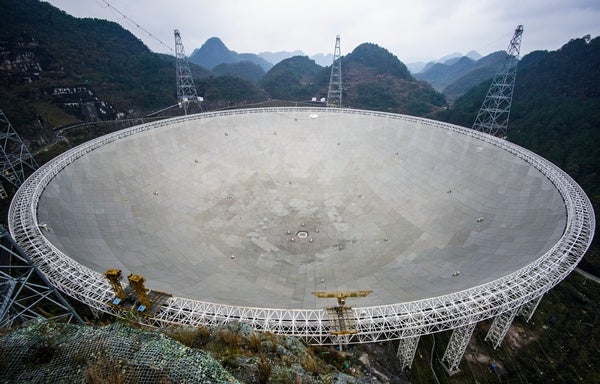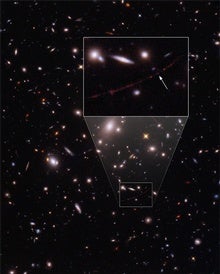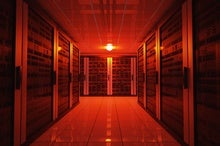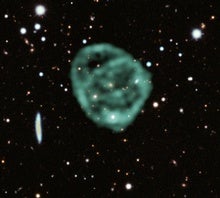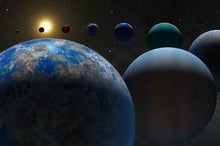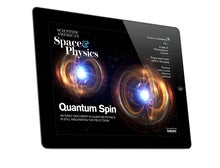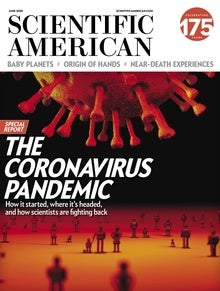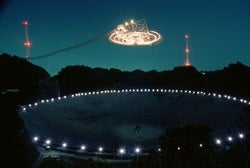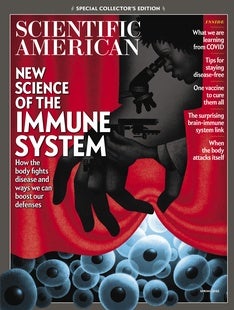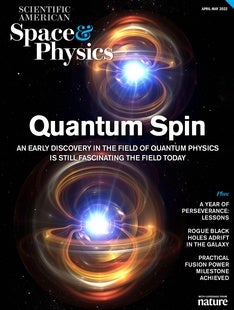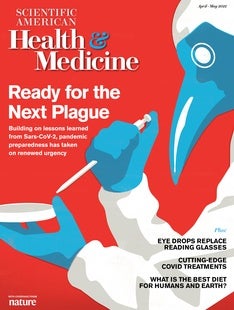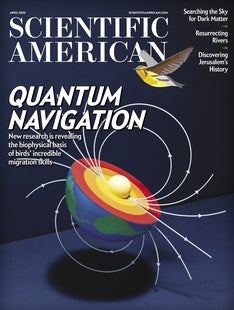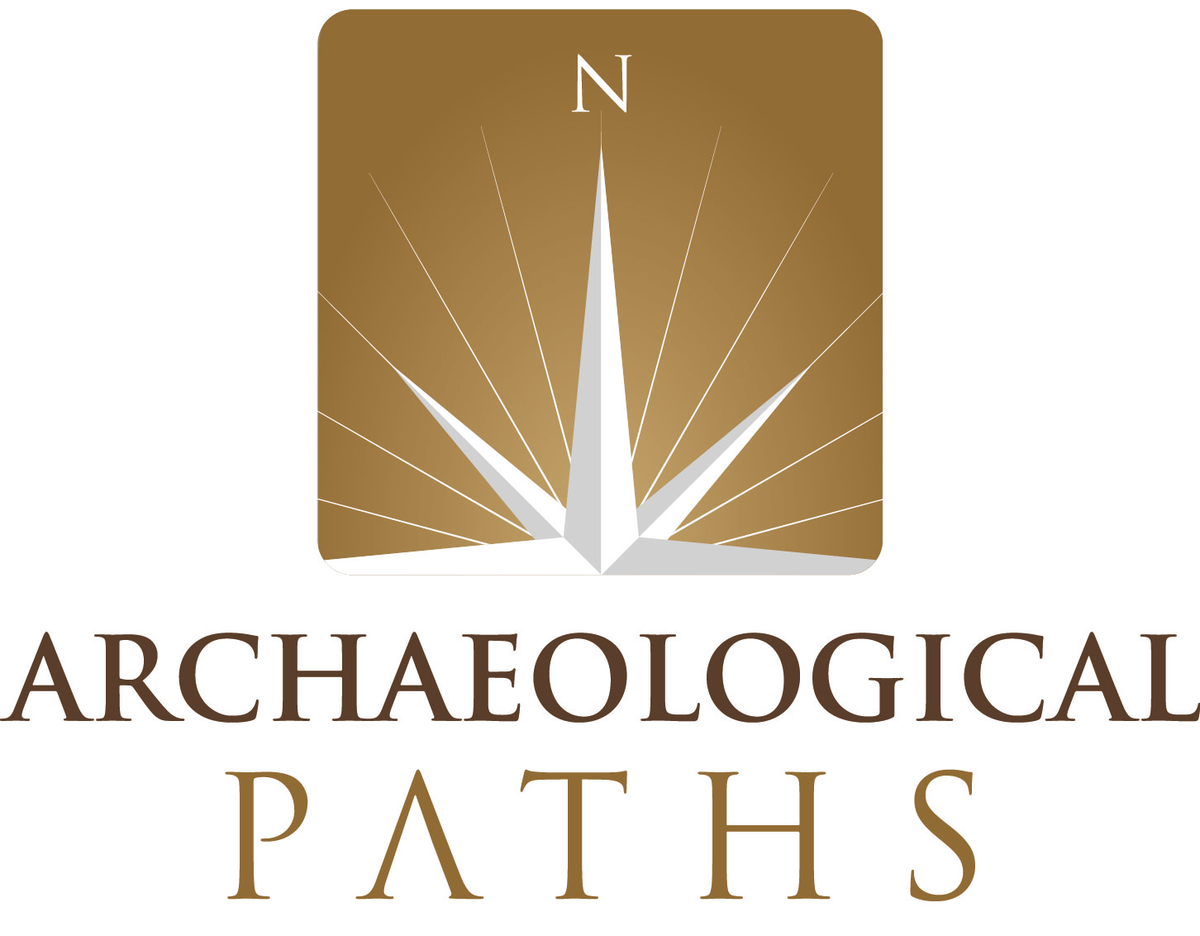Last week, an incredible milestone was reached: more than 5,000 planets are now confirmed to exist beyond our solar system. Explore the STEM resources below to learn more about the variety of exoplanets that have been discovered. | | Are you looking to share the excitement of Artemis with your STEM learners?
Leading up to launch, NASA’s Artemis I STEM Learning Pathway will provide weekly newsletters filled with STEM resources and ready-to-use content. Each week’s resources can be used individually or in combination to create a lesson plan tied to the learning series’ weekly theme. Are you ready to sign up? Click here to register and select the “Artemis I STEM Learning Pathway” add-on option. | | Audience: Community College Students Application Deadline: April 6 NASA Community College Aerospace Scholars (NCAS) aims to build a diverse future STEM workforce by engaging two-year degree-seeking students in authentic learning experiences. Applications for “Mission 1: Discover” are open now. Participants will take part in a five-week, self-paced online course introducing scholars to NASA missions and research. NCAS is open to community college students who are U.S. citizens. Click here to learn more. | | professional development hours. | | Audience: Formal and Informal Educators, Parents, Caregivers, and Learners Webinar Date: April 5 at 5 p.m. EDT Join the NASA eClips team for an overview of the NASA Spotlite Video Design Challenge co-developed with the NASA Earth Science Education Collaborative. NASA Spotlites are 90- to 120-second videos that are written, filmed, edited, and produced by students using the engineering design process. Each video targets a science misconception. Webinar attendees will focus on cloud misconceptions and learn how to use the GLOBE Cloud Observer app to collect evidence to correct them. Participants also will learn how to use free resources to film, edit, and publish videos. Ready to get started producing NASA Spotlite videos? Click here to sign up production teams. | | Audience: Rural Educators in the U.S. Event Date: April 7 at 8 p.m. EDT Join NASA’s Science Mission Directorate for a monthly series that connects rural educators to resources, networking, and professional development opportunities. This month’s webinar will focus on STEM resources to celebrate Earth Day. Special guest Dr. Trena Ferrell will discuss ways to engage your students with NASA-supported Earth Day activities and resources. Click here to register to attend. | | Audience: High School and College Students, and Citizen Scientists The Radio JOVE Project announces Radio JOVE 2.0, a new radio astronomy telescope kit for beginner and advanced citizen scientists to observe radio emissions from the Sun, Jupiter, the Milky Way, and Earth-based sources. Participants assemble and operate a 16-24 MHz radio spectrograph, make scientific observations, and interact with near-professional radio observatories in real time over the Internet. The project can be utilized in high school and college science classes and extracurricular groups. Advanced projects are available. | | Audience: Educators, Parents, Caregivers, and Students Ages 11+ A thorough understanding of the electromagnetic spectrum is critical to NASA’s space exploration, Earth observation, and more.
Practice your mastery of the different attributes of waves with this quick, fun quiz from NASA's Goddard Space Flight Center in Greenbelt, Maryland.
Test your knowledge as a class, assign a quiz to students individually, or arrange a team competition. | | Opportunities With Our Partners | | Event Date: April 7 at 7 p.m. EDT | | Application Deadline: April 26 | | |
Are you looking for NASA STEM materials to support your curriculum?
Find NASA science resources for your classroom. NASA Wavelength is a digital collection of Earth and space science resources for educators of all levels — from elementary to college, to out-of-school programs. https://science.nasa.gov/learners/wavelength
Check out the ‘Explore NASA Science’ website! Science starts with questions, leading to discoveries. Visit science.nasa.gov. To view the site in Spanish, visit ciencia.nasa.gov. | | Visit NASA STEM Engagement on the Web: | | | | | | |
|

